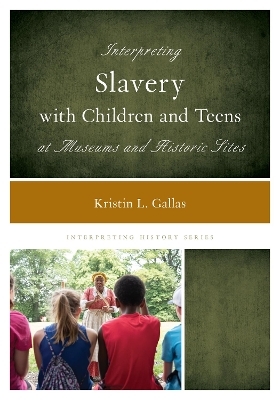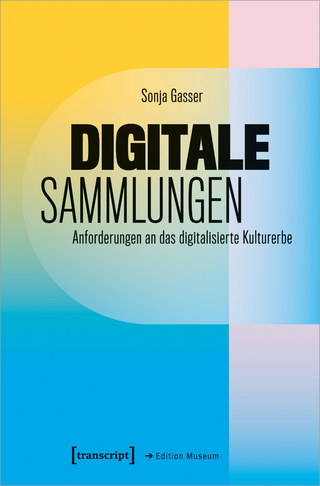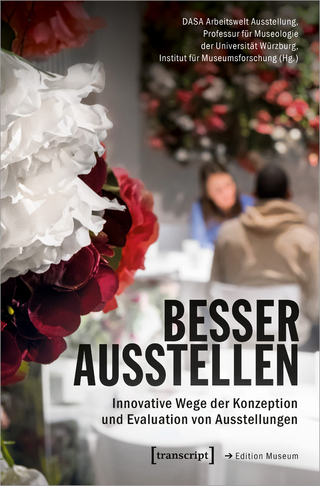
Interpreting Slavery with Children and Teens at Museums and Historic Sites
Rowman & Littlefield (Verlag)
978-1-5381-0069-1 (ISBN)
Interpreting Slavery with Children and Teens offers advice, examples, and replicable practices for the comprehensive development and implementation of slavery-related school and family programs at museums and historic sites. Developing successful experiences—school programs, field trips, family tours—about slavery is more than just historical research and some hands-on activities. Interpreting the history of slavery often requires offering students new historical narratives and helping them to navigate the emotions that arise when new narratives conflict with longstanding beliefs. We must talk with young people about slavery and race, as it is not enough to just talk to them or about the subject. By engaging students in dialogue about slavery and race, they bring their prior knowledge, scaffold new knowledge, and create their own relevance—all while adults hear them and show respect for what they have to say.
The book’s framework aims to move the field forward in its collective conversation about the interpretation of slavery with young audiences, acknowledging the criticism of the past and acting in the present to develop inclusive interpretation of slavery. When an organization commits to doing school and family programs on the topic of slavery, it makes a promise to past and future generations to keep alive the memory of long-silenced millions and to raise awareness of the racist legacies of slavery in our society today.
Kristin L. Gallas has worked in museums for nearly 30 years. She facilitates workshops for museums and historic sites on developing comprehensive and conscientious interpretation of slavery and speaks regularly at public history and museum conferences. Gallas is the coeditor of Interpreting Slavery at Museums and Historic Sites (Rowman & Littlefield, 2015), among other publications on best practices in the interpretation of slavery. Kristin holds a master’s degree in museum education from George Washington University. She led the education departments at the Montana Historical Society and the USS Constitution Museum and is currently the project manager for education development at the Tsongas Industrial History Center.
Dedication
Table of Contents
Foreword
Acknowledgements
Preface
Chapter 1 – Race, Identity, and Historical Trauma
Chapter 2 – (Re)Defining a Successful Experience
Chapter 3 – Creating a Brave Space
Chapter 4 – What is Age-Appropriate?
Chapter 5 – Fostering Empathy
Chapter 6 – Engagement Techniques
Chapter 7 – Dialogue Techniques
Chapter 8 – Staff Training and Support
Chapter 9 – Teacher Engagement
Conclusion
Index
About the Author
| Erscheinungsdatum | 17.08.2020 |
|---|---|
| Reihe/Serie | Interpreting History |
| Verlagsort | Lanham, MD |
| Sprache | englisch |
| Maße | 186 x 267 mm |
| Gewicht | 562 g |
| Themenwelt | Kunst / Musik / Theater |
| Geisteswissenschaften ► Geschichte ► Hilfswissenschaften | |
| Geisteswissenschaften ► Geschichte ► Regional- / Ländergeschichte | |
| Wirtschaft ► Betriebswirtschaft / Management ► Unternehmensführung / Management | |
| ISBN-10 | 1-5381-0069-X / 153810069X |
| ISBN-13 | 978-1-5381-0069-1 / 9781538100691 |
| Zustand | Neuware |
| Haben Sie eine Frage zum Produkt? |
aus dem Bereich


